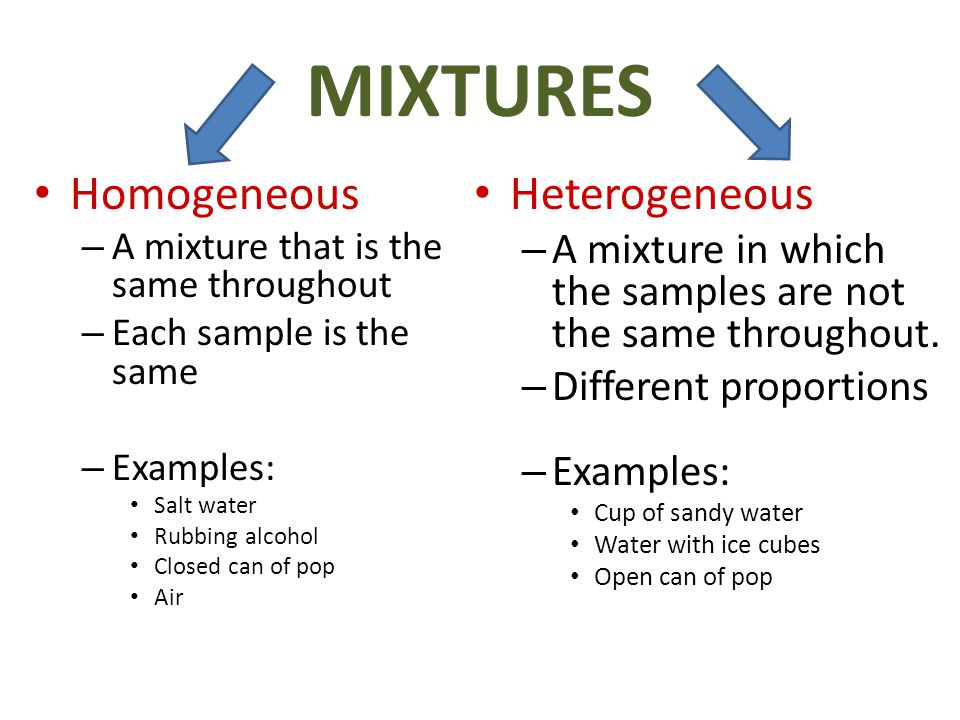Alcohol is a widely consumed beverage but its composition and properties have always been a source of debate. Is it a homogeneous mixture? What are the components of this drink and how do they interact with each other? In this article, we will explore the answers to these questions, so that you can make an informed decision about the drink you consume.
No, alcohol is not a homogeneous mixture. It is an inhomogeneous mixture. Homogeneous mixtures are substances that are uniform in composition, while inhomogeneous mixtures are substances that have two or more components of different composition. Alcohol is composed of ethanol molecules and water molecules, and they are not evenly distributed throughout the solution.

Alcohol: Is it a Homogeneous Mixture?
Alcohol is a chemical compound that can be found in many everyday items like beer, wine, and liquor. It is a type of mixture that is made up of several different components. This article will discuss whether alcohol is a homogeneous mixture or not.
A homogeneous mixture is one where all the components are uniformly distributed throughout the mixture. The components of a homogeneous mixture cannot be seen or separated from one another. Examples of homogeneous mixtures include air, salt water, and sugar water.
What is Alcohol?
Alcohol is an organic compound that is composed of hydrogen, carbon, and oxygen atoms. It is created when yeast ferments sugars in the presence of oxygen. The most common type of alcohol is ethanol, which is found in alcoholic beverages. Ethanol is a colorless liquid with a strong alcoholic odor.
Alcohol can be found in many different forms. It can be a gas, a liquid, or a solid. It can also be mixed with other compounds to create different types of alcoholic beverages. For example, wine is a combination of ethanol and water, while beer is a combination of ethanol and carbon dioxide.
Is Alcohol a Homogeneous Mixture?
Alcohol is not a homogeneous mixture. The components of a homogeneous mixture must be uniformly distributed throughout the mixture. However, alcohol is composed of two different types of molecules: ethanol and water. These molecules are not uniformly distributed throughout the mixture, as the ethanol molecules are more concentrated near the top of the liquid.
In addition, alcohol can also be mixed with other compounds to create different types of alcoholic beverages. These other compounds are not evenly distributed throughout the mixture either. For example, beer is a combination of ethanol, water, and carbon dioxide. The carbon dioxide molecules are not evenly distributed throughout the mixture.
What Are The Properties of Alcohol?
Alcohol has several properties that make it unique. It has a lower boiling point than water, so it evaporates more quickly than water. It has a higher density than water, so it sinks in water. It also has a lower surface tension than water, so it can form bubbles more easily.
Alcohol is also highly flammable. It is easily ignited and will burn with a yellow flame. It is also highly soluble in water, which means it can be dissolved in water and other liquids.
Conclusion
In conclusion, alcohol is not a homogeneous mixture. The components of alcohol are not uniformly distributed throughout the mixture, and it can be mixed with other compounds to create different types of alcoholic beverages. Additionally, alcohol has several unique properties that make it flammable and soluble in water.
Related Faq
What is Alcohol?
Alcohol is an organic compound produced when yeast ferments sugar. It is a volatile, flammable liquid, and is the intoxicating ingredient found in beer, wine, and spirits. Alcohol has a wide variety of uses, ranging from being consumed as a beverage to its use as an antiseptic or fuel.
What is a Homogeneous Mixture?
A homogeneous mixture is a combination of two or more substances in which the components are uniformly distributed throughout the mixture. It is also known as a solution. Examples of homogeneous mixtures include saltwater, air, and steel.
Is Alcohol a Homogeneous Mixture?
Yes, alcohol is a homogeneous mixture. This is because alcohol is composed of molecules that are evenly distributed throughout the mixture. Alcohol is composed of molecules of ethanol, water, and other compounds that are evenly distributed throughout the solution.
What are the Components of Alcohol?
The primary components of alcohol are ethanol, water, and other compounds such as acids, esters, and aldehydes. Ethanol is the main active ingredient responsible for the intoxicating effects of alcohol. Water is also present in alcohol, typically comprising between 80-95% of the total volume. Other compounds such as acids, esters, and aldehydes are also present in smaller amounts.
What are the Properties of Alcohol?
Alcohol has a variety of properties. It is a volatile, flammable liquid, and has a low freezing point. It has a sweet smell, and a bitter taste. Alcohol is also an excellent solvent, meaning it can dissolve many substances. It is also miscible in water, meaning it can be mixed with water in any proportion.
What are the Uses of Alcohol?
Alcohol has a wide variety of uses. It is most commonly consumed as a beverage, but can also be used as a fuel, antiseptic, or cleaning agent. It is also used in the production of medicines, perfumes, and other products. Furthermore, alcohol is used in the manufacturing of paints, varnishes, and other products.
[ Homogeneous System ] – Mixture of Alcohol and Water
Alcohol is an interesting substance that can be classified as both a homogenous mixture and a heterogenous mixture, depending on the context. Its ability to remain in two different states allows for it to be used for many different purposes. No matter what state it is in, alcohol is an important component of the chemical world and its effects on humans, animals, and the environment are far reaching. It is important to understand the impact that alcohol can have on all of these and to be aware of the dangers associated with it.

